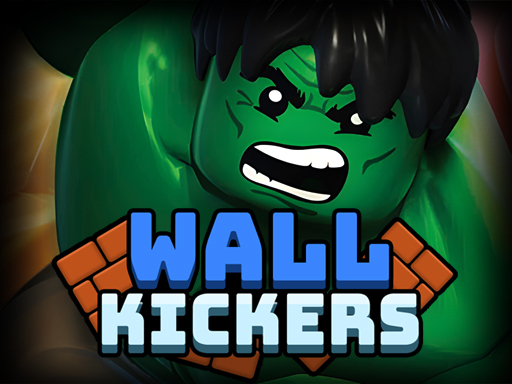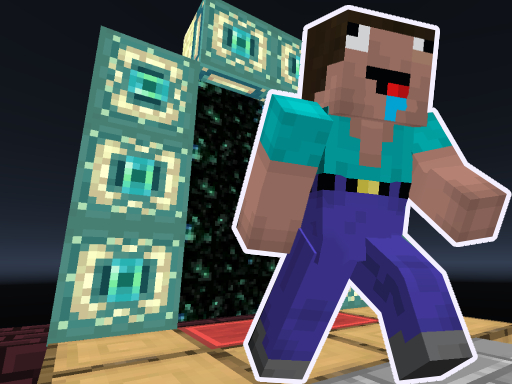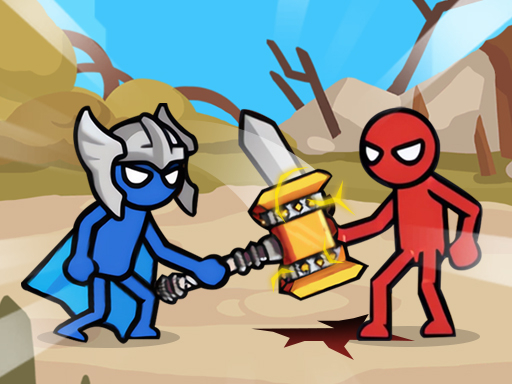Private servers offer players a way to enjoy HTML5 games with friends or a select community, free from public distractions. Whether you want to practice strategies, host tournaments, or simply play in a controlled environment, setting up a private server can enhance the gaming experience. Here’s a step-by-step guide to creating your own private server for HTML5 games.
Step 1: Determine Game Server Requirements
Not all HTML5 games support private servers. Check the game’s official website or developer forums to see if private server options exist. Some games have built-in private lobby options, while others may require additional configuration.
Step 2: Choose a Hosting Method
There are different ways to host a private server, including:
Local Hosting: Running the server on your own PC.
Cloud Hosting: Using services like AWS, DigitalOcean, or Azure for better performance.
Dedicated Server Hosting: Renting a private game server for 24/7 uptime.
Step 3: Set Up the Server
Depending on the game, setting up a private server may involve:
Downloading Game Files – Some games provide server software or APIs for private hosting.
Configuring Server Settings – Adjust game rules, player limits, and latency settings.
Opening Required Ports – Many HTML5 multiplayer games require port forwarding (e.g., UDP 7777 for some browser-based games).
Running the Server – Launch the executable or script provided by the game’s developers.
Step 4: Invite Players
Once your server is running, share the connection details with your friends. This could be:
A direct IP address
A custom server link
An in-game private lobby code
Step 5: Use Game Mods or Plugins (Optional)
Some HTML5 games allow modifications or plugins to enhance the server experience. Look for community-created mods that offer better admin controls, custom maps, or improved stability.
Step 6: Maintain the Server
To keep the private server running smoothly:
Monitor for lag and server crashes.
Regularly update game files and configurations.
Set rules to moderate player behavior.
Conclusion
Setting up a private server in an HTML5 game allows for a customized and exclusive gaming experience. By following these steps, you can create a stable, lag-free environment for you and your friends to enjoy. Start experimenting today and take control of your gaming world!




















